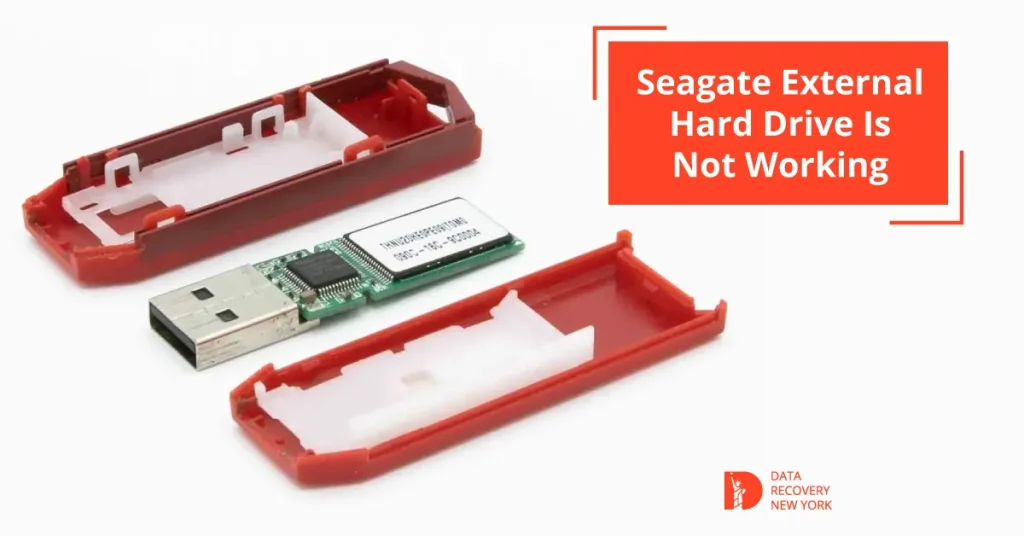Experiencing the frustration of a USB flash drive not showing up on your computer can be perplexing. This guide will explore effective solutions to address this common issue.
If your USB drive is malfunctioning on Windows 11 or Mac, we can help you fix it. We will guide you through the steps to resolve issues and regain access to your important files. Our tips will help you bring your USB drive back and retrieve your valuable information.
Why is the USB Drive Not Showing up? Reasons
Are you annoyed by a USB flash drive not showing up or not being recognized on your computer? Understanding why the USB drive is not working is crucial for USB flash drive users.
Connection Issues:
The faulty connection can lead to a USB drive not being recognized.
Driver Problems and Driver Updates:
Outdated or corrupted drivers can slow USB recognition.
File System Incompatibility:
Incompatible file systems between the USB drive and your computer can result in invisibility.
To fix your USB drive and access your data, determine the cause of the problem. This could be due to connection issues, driver problems, or file system differences. Once you have identified the cause, take action to solve it.
How To Fix Them Quickly?
Are you encountering a USB drive visibility issue? Here are simple and user-friendly first steps and quick fixes to get your USB back on track.
| Issue | First Steps and Quick Fixes |
|---|---|
| USB Not Plugged in Properly | Try different USB ports or cables to ensure a snug fit. |
| Outdated or Corrupted Drivers | Update or reinstall USB drivers through your computer's settings. |
| File System Mismatch | Adjust file system settings or format the USB drive if necessary. |
Follow these simple steps to solve problems with the USB drive not showing up and access your important data.
Troubleshooting Guide: USB Device Not Recognized on Windows 11
Are you facing issues with your USB drive visibility on Windows 11? Follow this comprehensive guide to troubleshoot and fix the problem.
Check Physical Connections
Ensure the USB drive is properly connected.
Try different USB ports or cables to rule out a connection issue.
Update or Reinstall USB Drivers
Go to "Device Manager" in Windows.
Locate and update USB drivers or uninstall and reinstall them.
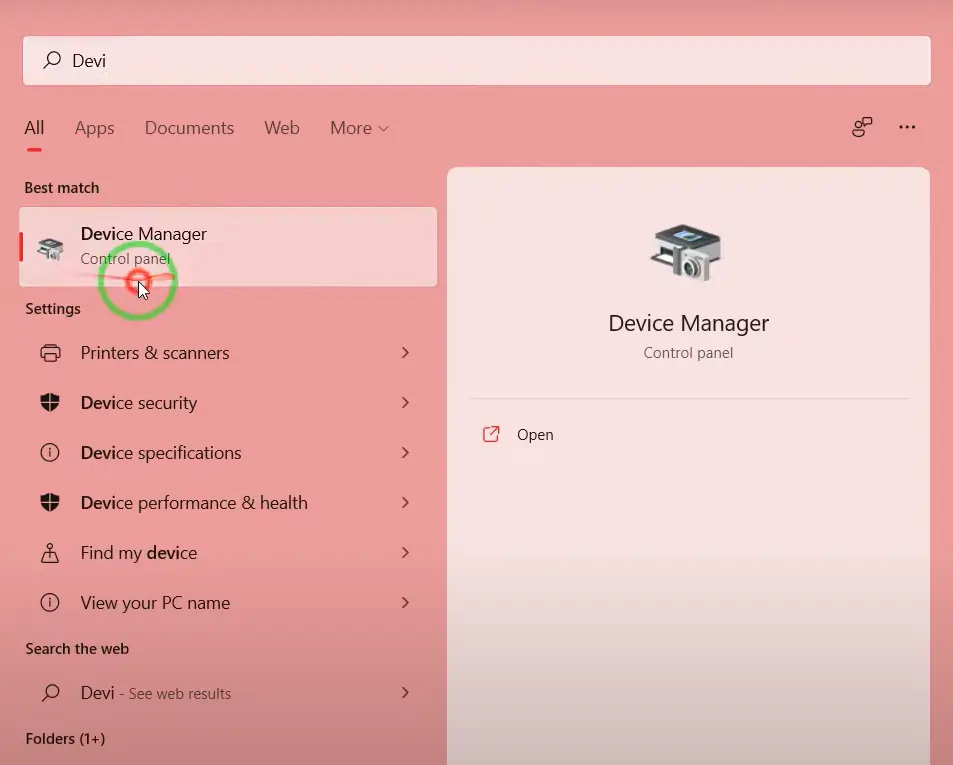
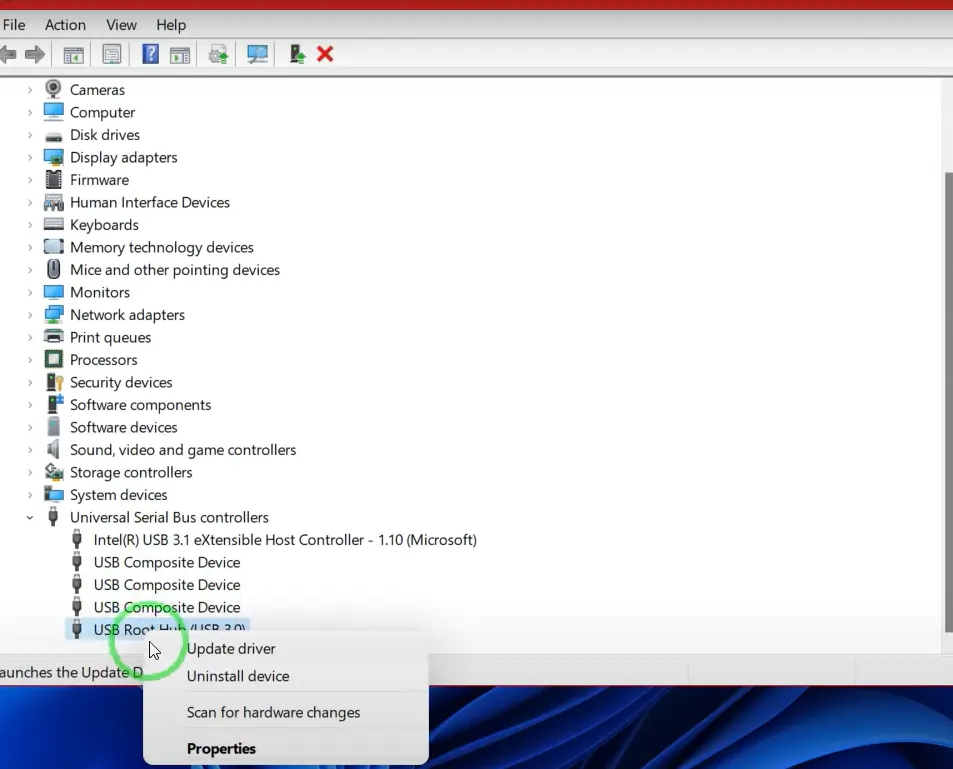
Adjust File Explorer Settings
Open File Explorer and click on "View."
Ensure the "Hidden items" option is checked.
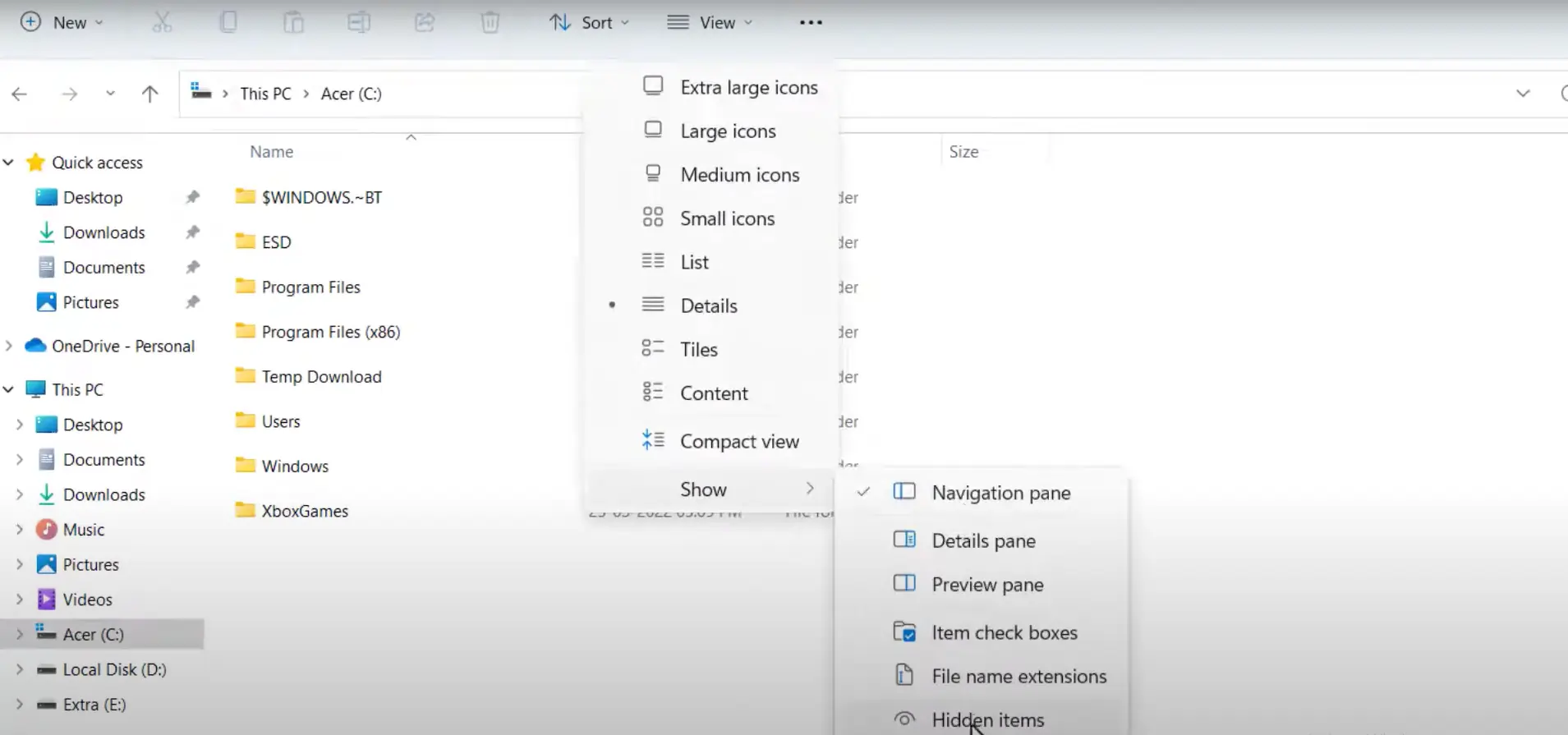
Use Disk Management Alternative
Right-click on the Start button and opt for "Disk Management."
Verify USB recognition; assign drive letter if necessary.
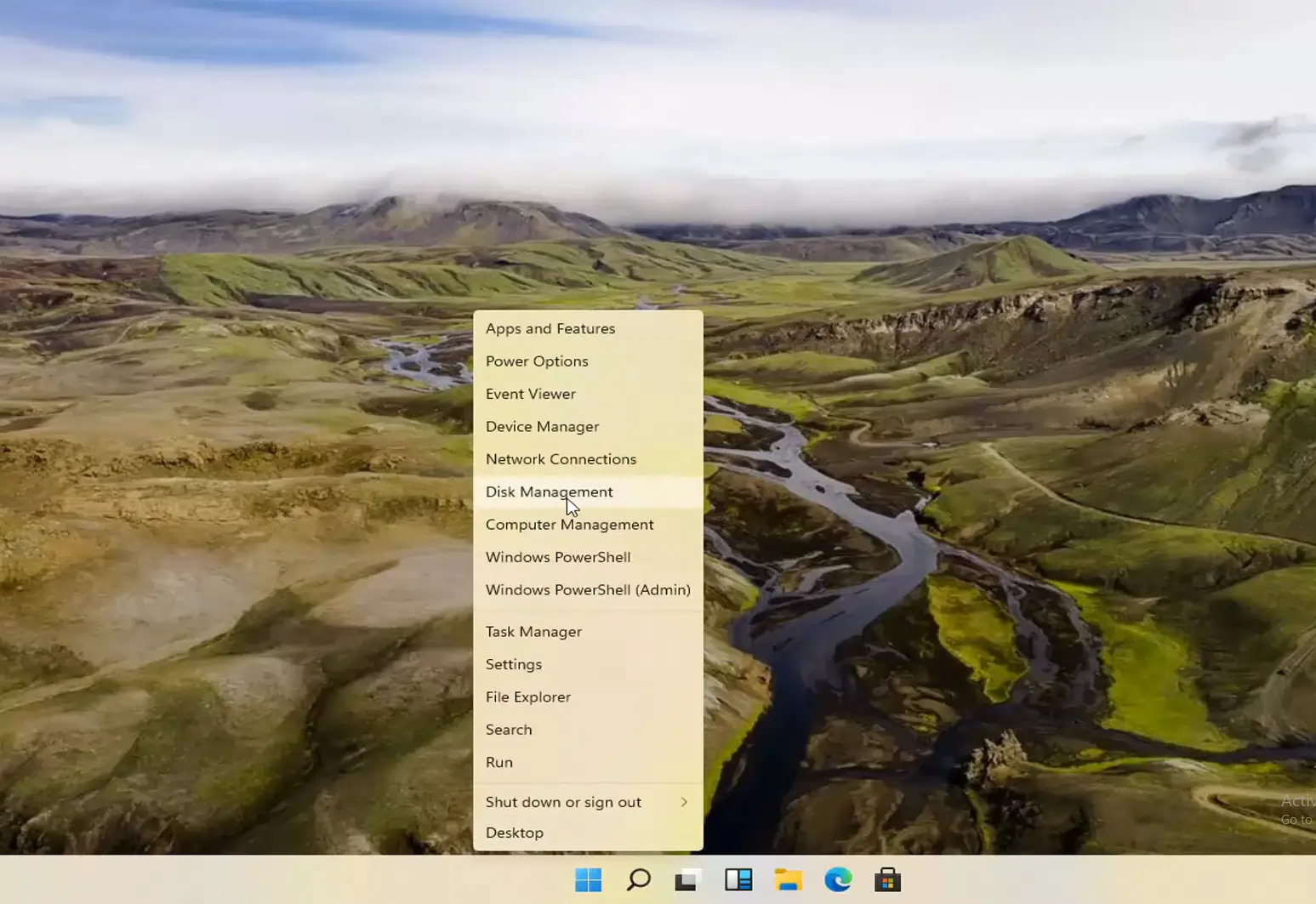
Check Disk for Errors
Open Command Prompt as Administrator.
Run the command: chkdsk /f X: (replace X with your USB drive letter).
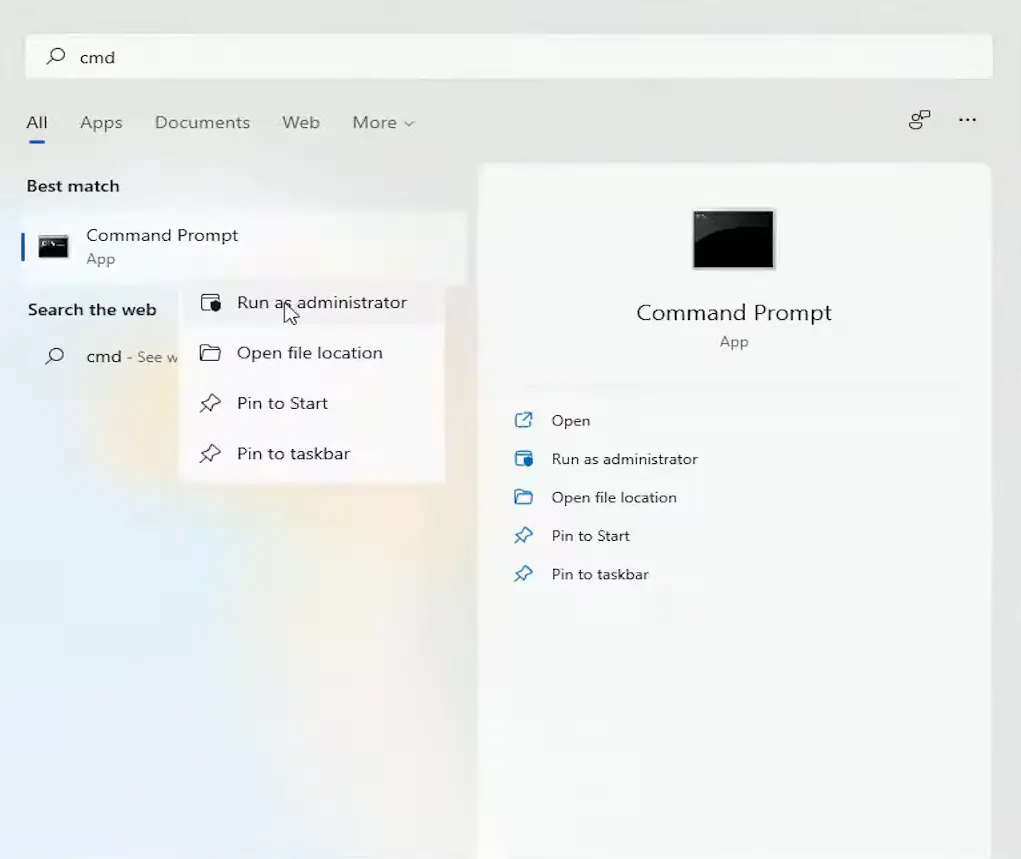
Update Windows
Ensure your Windows 11 is up-to-date.
Go to Settings > then click Windows Update > and Check for updates.
Reformat the USB Drive
Back up data (if possible) and reformat the USB drive.
Use the appropriate file system (NTFS, FAT32) that is compatible with Windows.
Test on Another Computer
Plug the USB drive into another computer to rule out system-specific issues.
See if the drive works on another device.
By adhering to these steps, you can diagnose and resolve the problem of a USB drive not showing up on Windows 11. If the issue continues, seeking expert help for more sophisticated solutions may be worthwhile.
How do you resolve a USB drive not showing up on Mac?
If your USB drive not showing up on your Mac, it can be a frustrating experience. Nevertheless, you can take several simple steps to troubleshoot and fix the issue.
| Issue | Solution |
|---|---|
| Check Physical Connections | Ensure the USB drive is securely connected to your Mac. |
| Restart Your Mac | A simple restart can often resolve connectivity issues. |
| Use Disk Utility | Open Disk Utility to check, repair, or mount the USB drive. |
| Try Another Mac | Connect the USB drive to a different Mac to identify the issue's source. |
| Update macOS | Ensure your Mac is running the latest macOS version for potential fixes. |
Follow these simple steps and quick fixes to troubleshoot and resolve the issue. If the problem persists, it might mean a more complex or likely data loss. If you experience any data loss or physical damage on your USB Flash Drive, contact Data Recovery New York. We’re here to help with our exceptional USB Flash Drive Data Recovery Services.
How to fix USB Flash Drive Not Detected: Preventions
You can ensure a smooth experience and protect your data with a few preventive measures. This manual delivers simple steps to help you prevent USB drive errors effectively.
Eject Properly
Always eject your USB drive using your computer’s ‘Eject’ option before physically disconnecting it. It ensures that all data transfers are complete and reduces the risk of file corruption.
Use Quality USB Cables
Invest in high-quality USB cables to avoid connection issues. Flimsy or damaged cables can lead to poor connectivity and potential data transfer errors.
Keep Your System Updated
Habitually update your operating system to the latest version. System updates normally include improvements and bug fixes that enhance the compatibility of USB drives.
Avoid Forceful Removal
Never pull out a USB drive forcefully. This action can damage the drive and corrupt data. Always use the proper removal method provided by your operating system.
Scan for Malware
Regularly scan your USB drive for malware or viruses. Malicious software can harm your data and lead to operational errors.
USB drive errors can be frustrating and potentially lead to losing important data. However, taking simple precautions can greatly reduce the chances of encountering these errors.
One of the easiest steps is to handle your USB drives with care. Avoid dropping them or subjecting them to any physical damage. USB drives are fragile; even a slight impact can misalign or damage internal parts, causing errors when accessing data.
It’s important to check your USB drives for viruses and malware regularly. USB drives are often used to transfer files between computers, which makes them vulnerable to getting harmful software. To avoid problems and keep your data safe, use trustworthy antivirus software and scan your USB drives before opening any files.
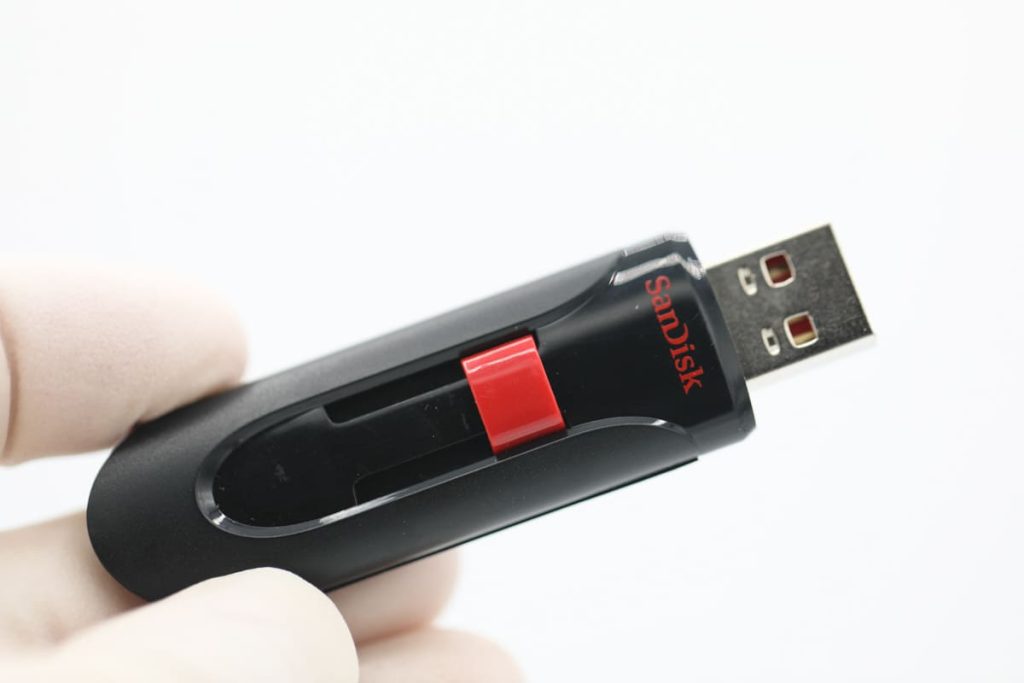
Keep it Safely
Keeping your USB drives in a cool and dry environment is also recommended. Extreme temperatures or high humidity can damage the drive’s internal components, leading to errors or complete failure.
Storing your USB drives in a protective case or a cool, dry place can help prolong their lifespan and maintain reliability. Lastly, keeping your USB drives updated with the latest firmware and drivers is important.
Manufacturers often release updates to address known issues or improve compatibility with different operating systems. By regularly checking for updates and installing them, you can ensure that your USB drives function optimally and minimize the chances of encountering errors.
In conclusion, following these easy steps can significantly reduce the chances of encountering USB drive errors. Handling your USB drives carefully, properly ejecting them, scanning for viruses, maintaining a suitable environment, and keeping them updated are all essential in maintaining the reliability of your USB storage devices and protecting your valuable data.
Remember, prevention is key, and investing a little time and effort in these precautions can save you from potential headaches and data loss in the future.
Frequently Asked Questions
Why is the USB flash drive not showing up on my computer?
The issue could be connection problems, outdated drivers, or file system incompatibility. Identifying the cause is crucial for finding a solution.
How can I quickly fix my USB drive visibility issue?
Follow simple steps like checking connections, updating drivers, and ensuring file explorer settings. These user-friendly fixes often resolve the problem.
What if my USB isn't detected on Windows 11?
To fix issues, you can try several steps. First, check the connections of the USB drive. Next, update the USB drivers. You can also adjust the settings and use disk management to resolve the problem. Additionally, check for any errors that might be causing the issue.
Updating Windows can also help. If none of these steps work, you may need to consider reformatting the USB drive.
How do I resolve a USB drive not showing up on a Mac?
Fix the problem by checking cables, using other USB ports, updating or reinstalling USB drivers, and adjusting file explorer settings.
What measures can I take to avoid USB drive errors?
Always eject your USB properly, use high-quality cables, keep your system updated, avoid forceful removal, and regularly scan for malware to prevent errors.
Why is proper ejection important for USB drives?
Proper ejection ensures all data transfers are complete, reducing the risk of file corruption and potential data loss.
How can I keep my USB drives safe from physical damage?
Handle them carefully, don’t drop or damage them, and store them in a case or a cool, dry place to make them last longer.

